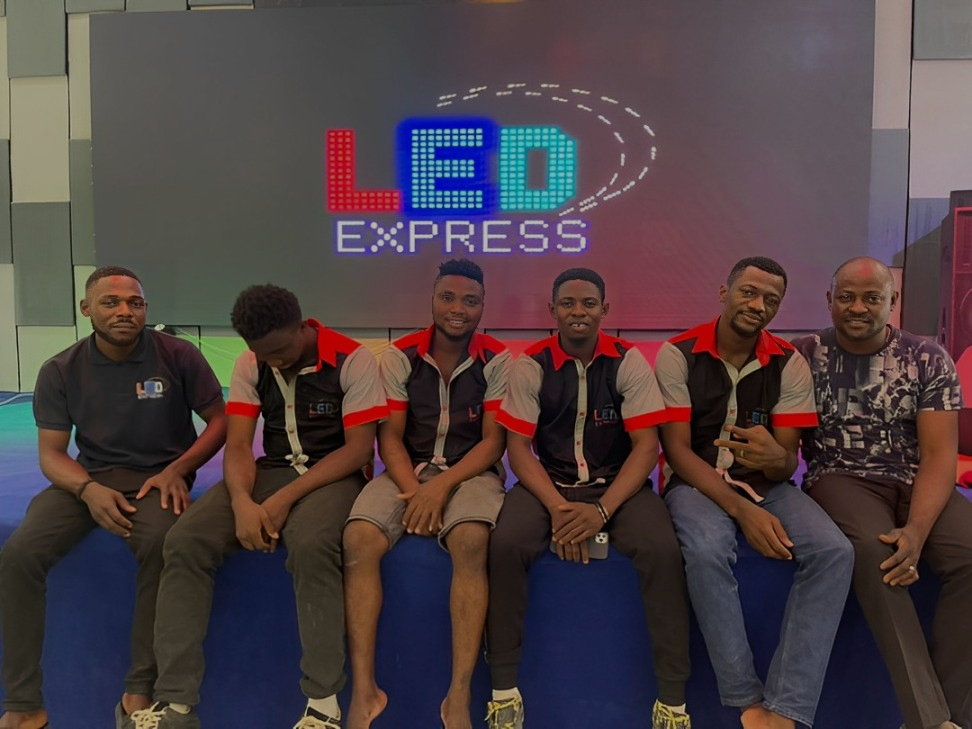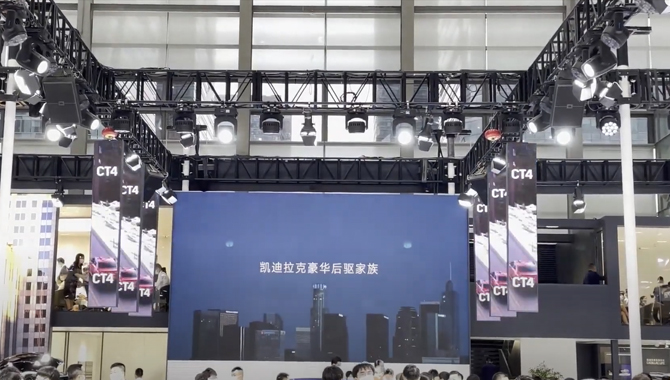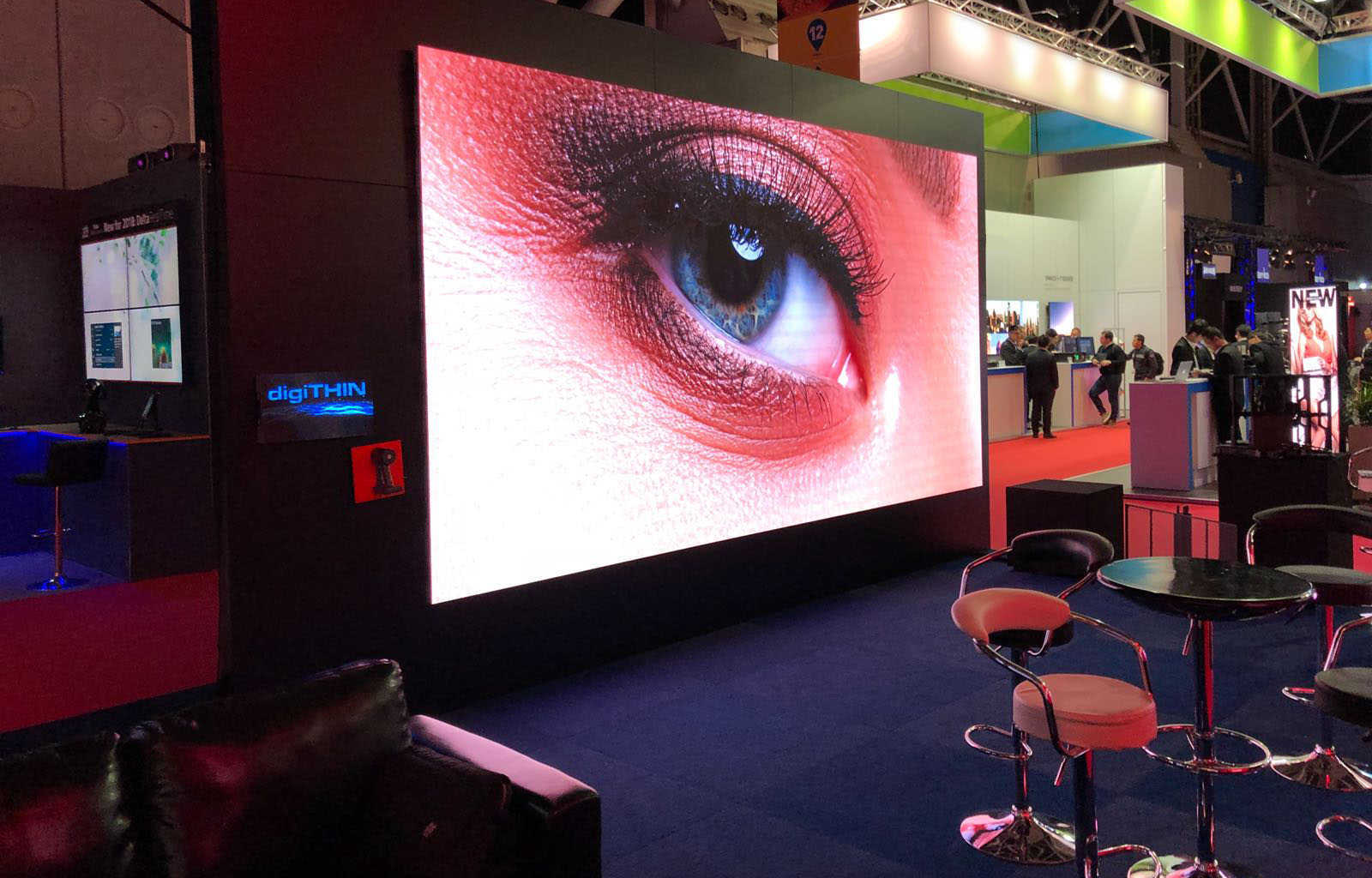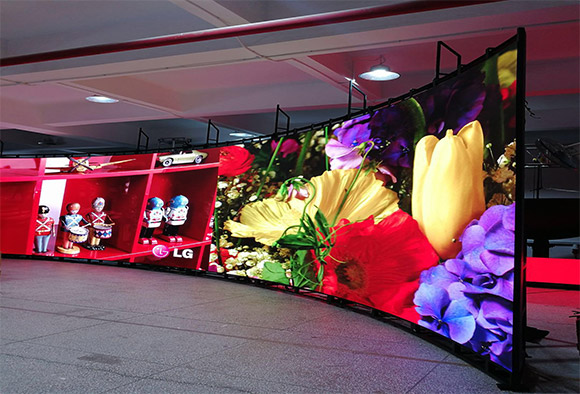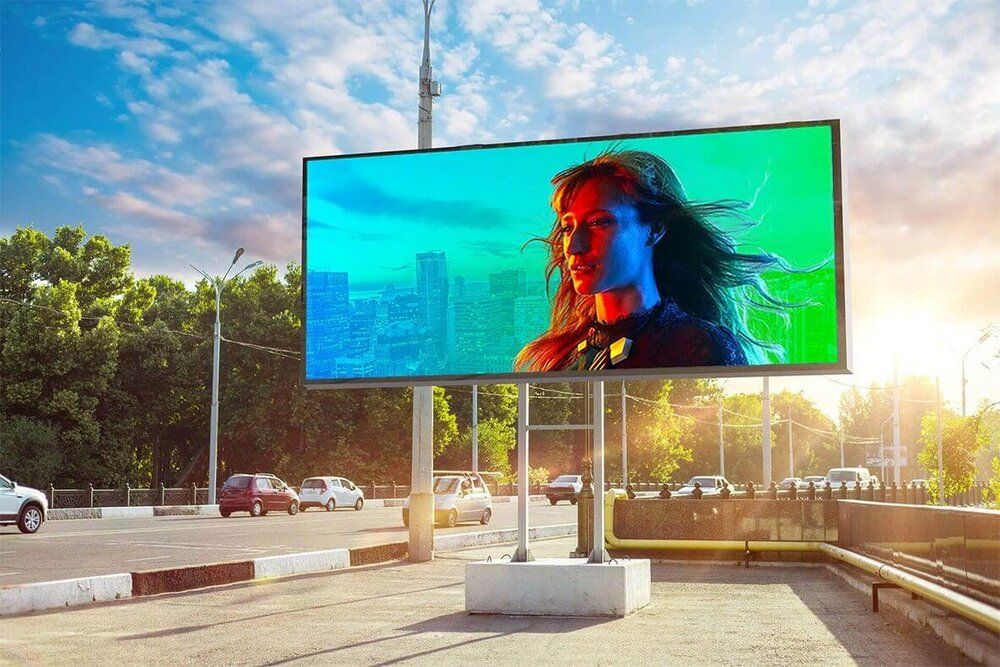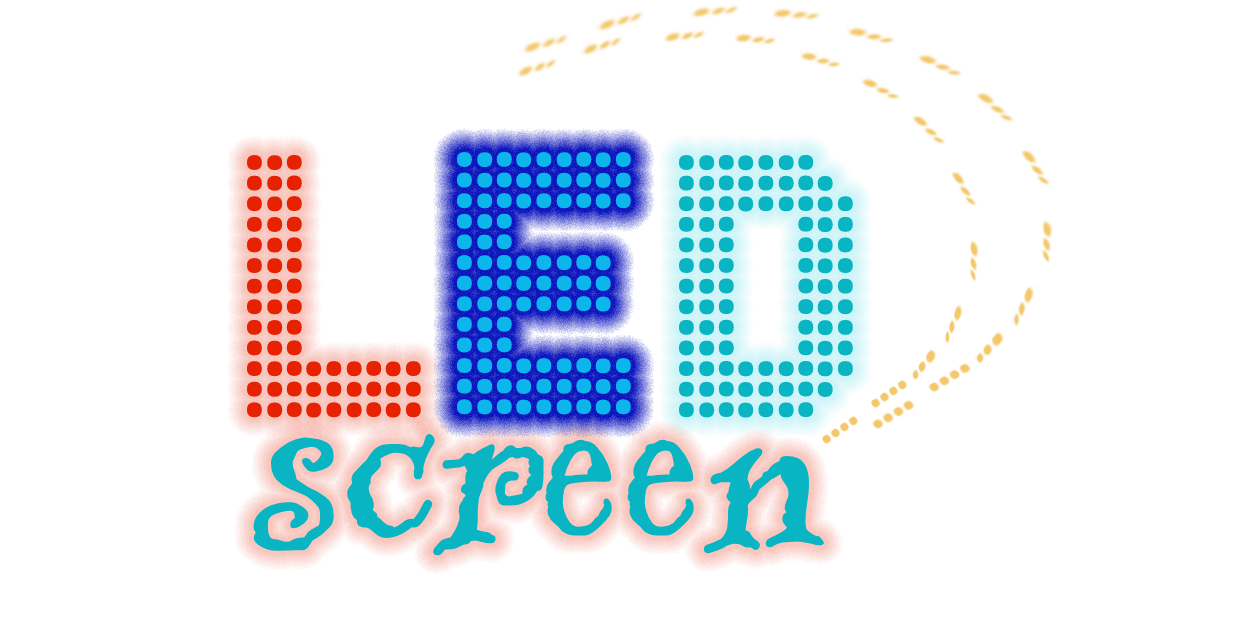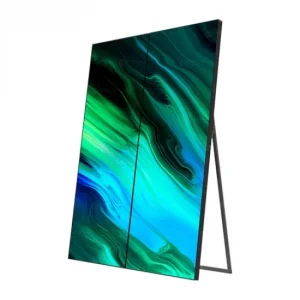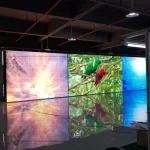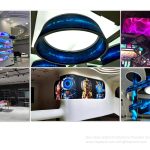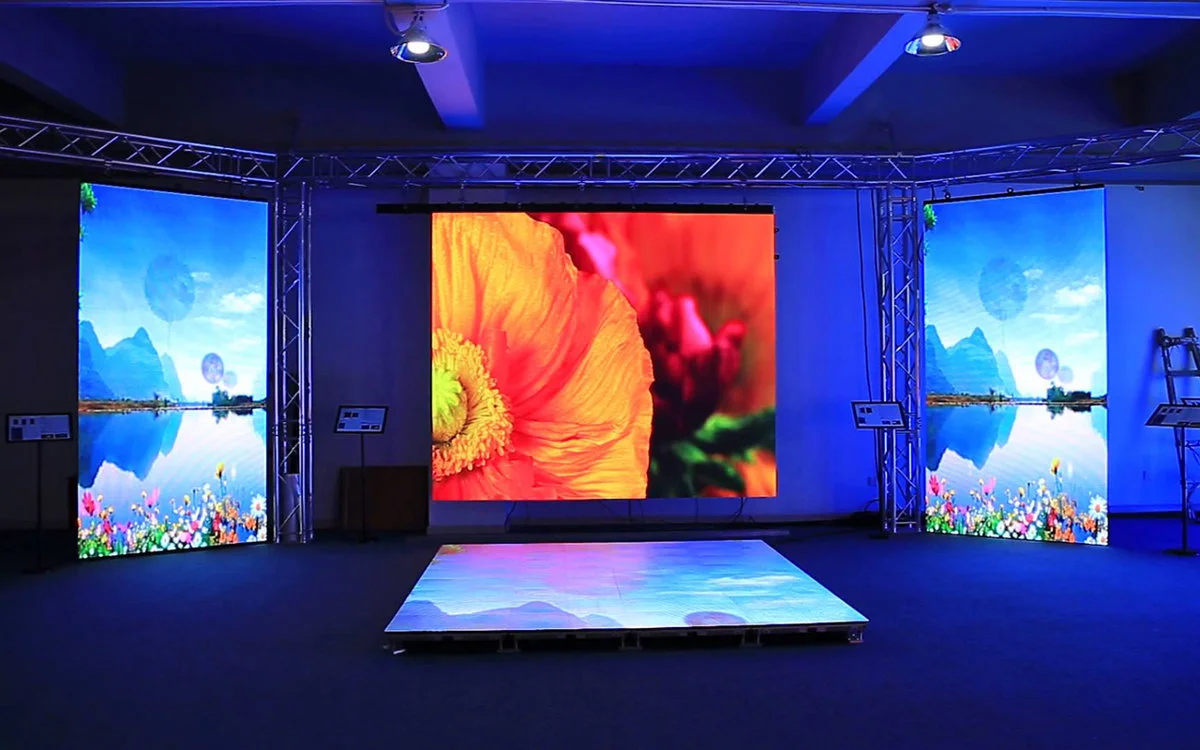
Common Myths About LED Screens (And the Truth Behind Them)
Common Myths About LED Screens (And the Truth Behind Them)
Myths about LED screens have been around for years, shaping how people perceive this revolutionary technology. Some believe LED screens are too expensive, while others think they consume excessive power or have a short lifespan. These misconceptions often lead to poor purchasing decisions or unnecessary skepticism.
But here’s the truth—LED screens have transformed modern display technology, offering incredible brightness, energy efficiency, and durability. Yet, misinformation continues to spread, making it essential to separate fact from fiction.
In this post, we’ll debunk the most common myths about LED screens, revealing the real advantages and innovations behind them. Whether you’re a business owner looking for digital signage or a consumer searching for the best display, this guide will help you make informed decisions.
Myths About LED Screens Being the Same as LCD Screens
Explanation of the Myth
To begin with, one of the most common myths about LED screens is that they are essentially the same as LCDs, with no major difference between the two. As a result, many people assume that upgrading to an LED screen offers no real advantage.
The Truth
In reality, while both use liquid crystals to form images, the key difference lies in the backlighting. Unlike LCDs, LED screens use light-emitting diodes (LEDs) for backlighting, which in turn provides better brightness, color accuracy, and energy efficiency. Consequently, LED screens outperform traditional LCDs in terms of display quality and power consumption.
Visual Example (Optional)
For instance, comparing side-by-side images of an LCD screen and an LED screen highlights the brightness and clarity differences.
Myths About LED Screens Being Too Expensive for Most People
Explanation of the Myth
Similarly, another myth about LED screens is that they are too expensive, making them out of reach for the average consumer. As a result, many people assume that only businesses or wealthy individuals can afford them.
The Truth
However, over time, the cost of LED screens has decreased significantly due to advancements in production technology and mass production. As a consequence, manufacturers can now offer high-quality LED screens at various price points. In fact, budget-friendly options are widely available, making LED screens more affordable than ever before.
Impact on Consumers
Thanks to these developments, LED technology is now accessible to a wider audience. Whether you’re an individual buyer looking for a home entertainment upgrade or a business in need of digital signage, there are options to fit different budgets.
Myths About LED Screens Using Too Much Power
Explanation of the Myth
Likewise, many people believe that LED screens consume a lot of power, ultimately contributing to high electricity bills. As a result, some consumers hesitate to invest in LED technology, fearing ongoing energy costs.
The Truth
In reality, LED screens are highly energy-efficient compared to older technologies like plasma or CRT screens. Unlike these outdated options, LED diodes consume much less power. Furthermore, with new developments in OLED and MicroLED screens, energy consumption has been reduced even further. Consequently, LED screens are now one of the most power-efficient display technologies available.
Why This Matters
Because of this efficiency, LED screens are not only cost-effective but also environmentally friendly. By using less energy, they help lower electricity bills while simultaneously reducing your carbon footprint. Therefore, investing in LED technology is both a smart financial decision and a sustainable choice.
Myths About LED Screens Having Poor Viewing Angles
Explanation of the Myth
Similarly, some myths about LED screens suggest that they have limited viewing angles, thus making them unsuitable for large rooms or public displays. As a result, many consumers worry that images will appear distorted or washed out when viewed from different positions.
The Truth
However, modern LED technology has made significant strides in improving viewing angles. In fact, many high-end models now offer wider viewing angles so that images remain clear and vibrant from various positions. Moreover, these advancements ensure that color distortion and image degradation are minimal, even when viewed from the side.
Practical Tip
To make the best choice, when purchasing an LED screen, check the specifications for “wide viewing angles” especially if you plan to place the display in a large room or public area. This way, you can ensure optimal visibility for everyone, regardless of their viewing position.
Myths About LED Screens Having Limited Lifespan
Explanation of the Myth
Similarly, another myth about LED screens is that they burn out quickly, which means users would need to replace them frequently. As a result, some consumers hesitate to invest in LED technology, fearing high maintenance costs.
The Truth
In reality, LED screens are designed to last up to 100,000 hours, which is roughly 11 years of continuous use. Moreover, most screens only experience minor degradation over time, so they continue to maintain their brightness and quality for years.
Why It Matters
Because of this longevity, LED screens are a long-term investment, ultimately providing excellent value over time. Therefore, consumers can enjoy high-quality visuals without worrying about frequent replacements.
Myths About LED Screens Being Bad for Your Eyes
Explanation of the Myth
Over time, concerns over blue light emission from LED screens have led to the myth that they can cause eye strain or even long-term damage. As a result, many people worry about the impact of prolonged screen use on their vision.
The Truth
In reality, while excessive screen time can lead to digital eye strain, LED screens themselves are not inherently harmful when used properly. Furthermore, modern screens come with features like “Night Mode” and blue light filters, which help reduce eye strain and make extended viewing more comfortable.
Tip for Eye Comfort
To minimize discomfort, take regular breaks, adjust screen brightness, and use blue light-blocking glasses. Additionally, following the 20-20-20 rule—looking away from the screen every 20 minutes for 20 seconds at something 20 feet away—can significantly reduce strain.
Myths That All LED Screens Are the Same Quality
Explanation of the Myth
One common misconception in the world of LED screens is that all models deliver the same level of performance. As a result, many people assume that any LED screen will provide a high-quality viewing experience, regardless of its specifications.
The Truth
In reality, LED screens vary significantly in quality based on factors like pixel density, resolution, refresh rate, and brightness. For instance, higher-end models, such as 4K and HDR LED displays, offer far superior image quality compared to standard versions. This means that not all LED screens will provide the same level of clarity, color accuracy, or smooth motion.
Why It’s Important
To get the best experience, it’s essential to consider these factors when choosing an LED screen. Whether you’re using it for gaming, home theater, or professional work, selecting the right specifications will ensure optimal performance and viewing satisfaction.
Conclusion:
In conclusion, there are many myths about LED screens that can confuse potential buyers. However, by debunking these myths about LED screens, we hope you now understand the true benefits of LED technology. LED screens are more affordable, energy-efficient, and versatile than many people realize.
If you’re ready to experience the power of LED technology, LED Express offers a wide range of high-quality LED displays designed for clarity, brightness, and durability. Whether you’re looking for an outdoor billboard, a sleek business display, or a top-of-the-line home entertainment screen, we have the perfect solution for you.
Contact us today to explore our wide range of LED displays and elevate your visual experience!



